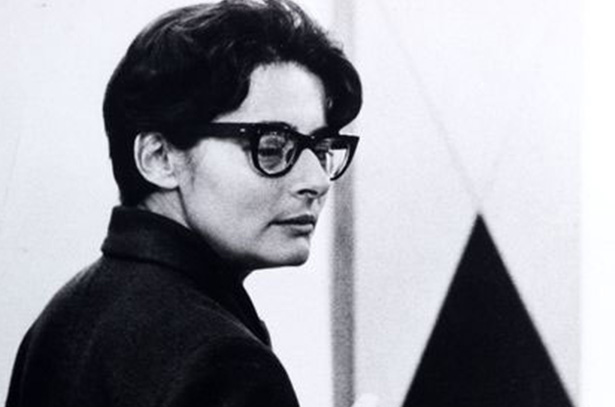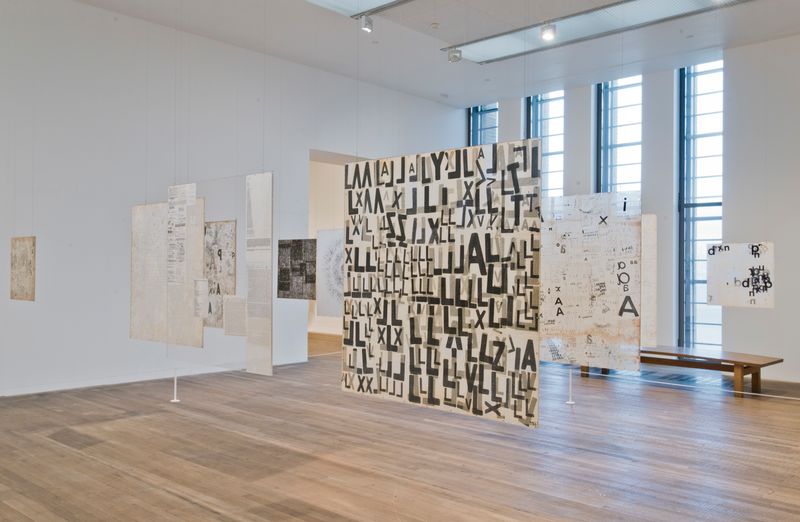
Mira Schendel
Mira Schendel Estate

Mira Schendel is one of the most significant artists to emerge from Latin America during the twentieth century. Born in Switzerland in 1919, Schendel emigrated to Brazil from Europe in 1949, ultimately settling in São Paulo in 1953, where she swiftly occupied a leading place in the country's vibrant post-war artistic scene.
Traversing the realms of painting, drawing and sculpture, while deriving inspiration from a constellation of sources—as varied as Concrete Poetry, semiotics, phenomenology, the epic tradition, Zen Buddhism, and aspects of Eastern and Western philosophy—Schendel's prolific body of works provoked a radically new lexicon of avant-gardist practice in Brazil.
The late Brazilian poet, Haroldo de Campos, has described the spirit of her work as ‘an art of voids’, wherein, ‘the utmost redundance begins to produce original information; an art of words and quasi-words where the graphic form veils and unveils, seals and unseals… a semiotic art of icons, indexes, symbols which print on the blank of the page their luminous foam.’
Born in Zurich to a family of Jewish origin, Schendel was baptized and raised as a Catholic in Italy. In 1938, while studying philosophy at the Catholic University in Milan, Schendel was persecuted for her family's Jewish heritage. Forced to relinquish her studies and citizenship, Schendel sought asylum in Yugoslavia before passing through Switzerland and Austria (with the initial intent of establishing herself in Sophia, Bulgaria), and ultimately settling in Brazil.
This history is vital to the spiritual sensibility underlying the poetics of Schendel's work, as well as to her particular investigations of language and its material embodiments.
Although Schendel received considerable recognition during her lifetime, since her death in 1988, her work has continued to achieve national and international visibility: cementing her status as one of the most important artistic voices of her time.
Biography
PrintSelected Solo Exhibitions
Selected Group Exhibitions
Bibliography
Monographs
Artist's Books & Writings
Publications
Press
Exhibitions

Revolution in the Making: - Abstract Sculpture by Women, 1947 – 2016
13 March – 4 September 2016
Downtown Los Angeles

Revolution in the Making: - Abstract Sculpture by Women, 1947 – 2016
13 March – 4 September 2016
Downtown Los Angeles
1 / 4



















































